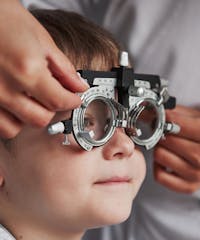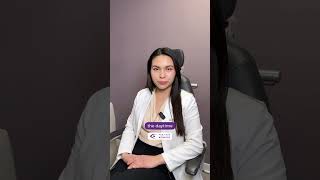
Why Do You Use Paragon CRT Lenses?
New York Laser Vision has decided to provide Paragon CRT lenses as part of our commitment to using the most state-of-the-art equipment and procedures. The Paragon CRT lenses have the most outstanding record for safety and science, allowing us to provide our patients with the highest level of care and the clearest possible vision:
- 87% of Paragon CRT contact lens wearers report that their experience meets or exceeds their expectations.
- Over 1.5 million lenses have been prescribed in over 50 countries worldwide.
- These lenses have been the first to receive FDA approval for orthokeratology treatments.
- Paragon CRT lenses are a non-surgical and reversible treatment option that provides an improved lifestyle and reduced discomfort associated with glasses or daytime contact lenses.
- Paragon CRT lenses not only correct vision but clinical studies suggest they may slow the progression of myopia.







